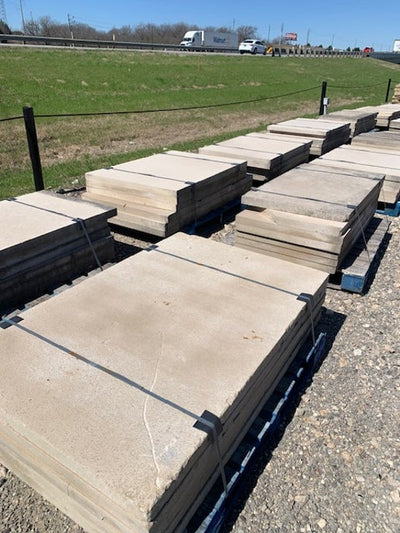Cedar Elm
Cedar Elm
Cedar elm (Ulmus crassifolia) a true Texas Native hardy tree is a large, deciduous tree that is known for its green leaves that turn yellow in the fall.
Size: Cedar elms can grow to be 50–90 ft tall and 40–60 ft wide, with a rounded crown.
Leaves: Cedar elms have small, dark green leaves with a rough texture. The leaves are smaller than those of other native elms.
Bark: Cedar elms have scaly bark with flattened ridges that break into thin, loose, flaky scales.
Flowers: Cedar elms have inconspicuous green flowers that bloom in the summer.
Seeds: Cedar elms produce winged seeds in late summer or early fall.
Wood: Cedar elm wood is very strong and is often mixed with other southern elm species to be sold as rock elm. The wood is used for boxes, baskets, furniture, hockey sticks, veneer, wood pulp, and papermaking.
Uses: Cedar elms are often planted as ornamental shade trees.
Cedar elms are drought-tolerant and can grow in many types of soil. They prefer full or partial sun, but can also germinate in shade. Cedar elms are susceptible to Dutch elm disease, a fungal disease spread by elm bark beetles. They are also prone to insect damage from aphids, spider-mites, cotton scale, and elm leaf beetle.
Best tree for Texas rock and clay soils.








